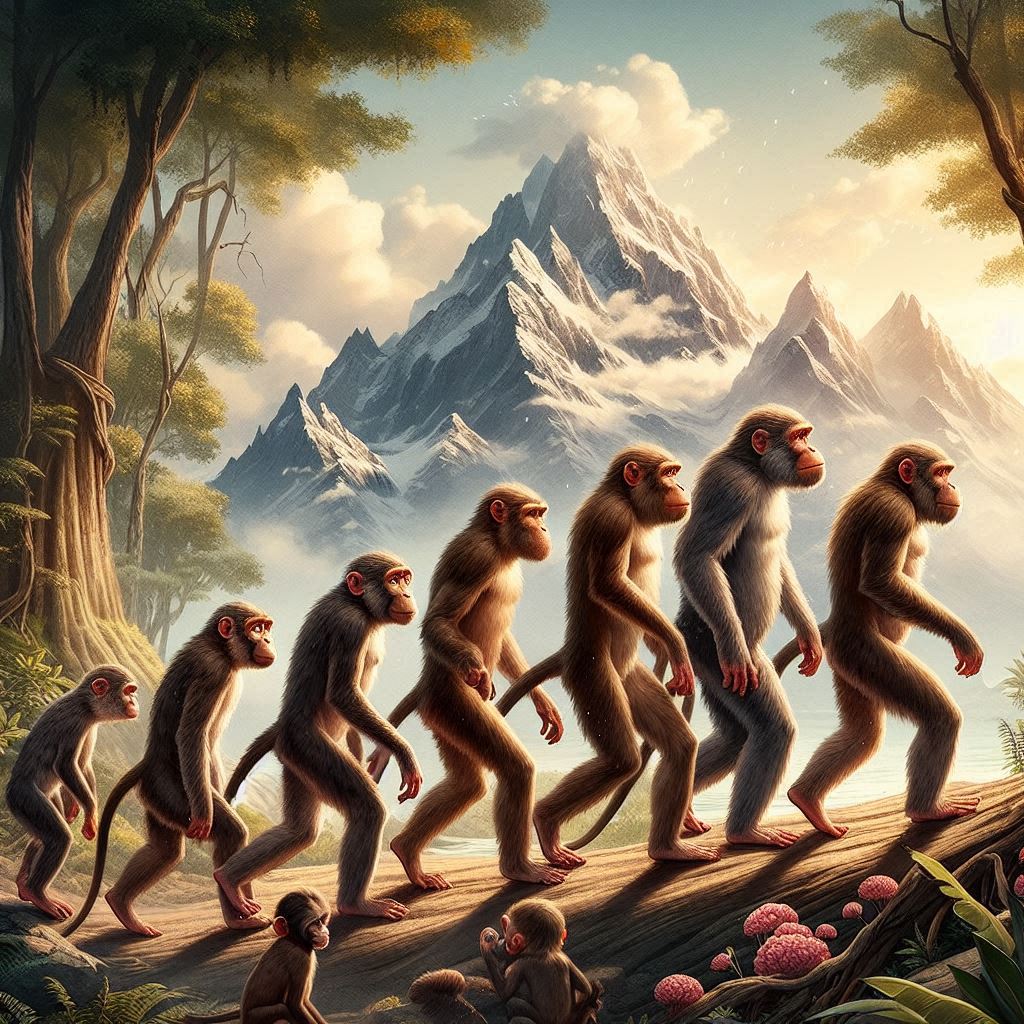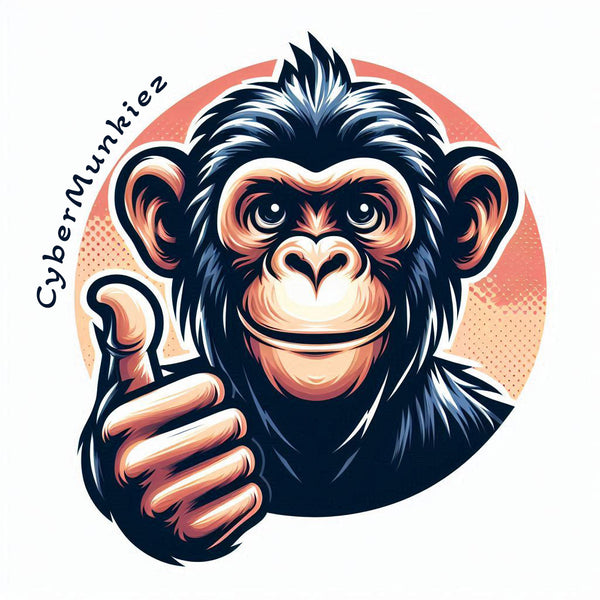
The Evolution of Monkeys: How They’ve Changed Over Millions of Years
Share
The Evolution of Monkeys: How They’ve Changed Over Millions of Years
Monkeys are among the most fascinating creatures in the animal kingdom, with incredible intelligence, agility, and adaptability. But how did they evolve into the diverse species we see today? The story of monkey evolution stretches back tens of millions of years, tracing their origins from early primates to the Old World and New World monkeys we know today.
Let’s take a journey through time to understand how monkeys have evolved over millions of years.
1. The Dawn of Primates: The First Monkey Ancestors
The earliest primates appeared around 60–65 million years ago (MYA), shortly after the dinosaurs went extinct. These small, tree-dwelling mammals, known as Plesiadapiforms, lived in forests and had traits that would later be seen in monkeys, such as grasping hands and forward-facing eyes.
Key Features of Early Primates:
• Small size (similar to modern squirrels).
• Adapted for life in trees.
• Early versions of opposable thumbs.
• Large eyes suited for nighttime vision.
These early primates eventually gave rise to a group called prosimians, which include today’s lemurs, tarsiers, and bush babies.
2. The Emergence of True Monkeys (Eocene Epoch: 34–56 MYA)
Around 40–50 million years ago, true primates, known as Anthropoids, began to appear. These early monkeys had:
✅ Larger brains than their ancestors.
✅ Better vision (color vision evolved).
✅ Smaller snouts (less reliance on smell).
✅ Opposable thumbs for gripping tree branches.
Fossils from this period suggest these early monkeys were thriving in Africa and Asia. Eosimias, one of the first known monkey-like primates, lived in what is now China around 45 MYA.
3. The Great Split: Old World vs. New World Monkeys (Oligocene Epoch: 23–34 MYA)
One of the biggest events in monkey evolution was the split into two major groups:
A. New World Monkeys (Platyrrhines)
• Arrived in South America around 30 MYA.
• Have flat noses and side-facing nostrils.
• Developed prehensile tails (used for grasping and swinging).
• Include capuchins, spider monkeys, tamarins, and howler monkeys.
It is believed that these monkeys rafted across the Atlantic Ocean from Africa on floating mats of vegetation!
B. Old World Monkeys (Catarrhines)
• Evolved in Africa and Asia.
• Have downward-facing nostrils and shorter tails.
• Include baboons, macaques, colobus monkeys, and mandrills.
• Gave rise to great apes and humans later in evolution.
These two groups have remained separate for millions of years, adapting to their different environments.
4. Monkeys in the Miocene Epoch (5–23 MYA): The Age of Apes and Advanced Monkeys
By the Miocene Epoch, many monkey species had adapted to different niches, leading to a boom in primate diversity. During this time, the ancestors of modern baboons, macaques, and colobus monkeys emerged.
Some species, like Proconsul, were early apes that shared features with both monkeys and later hominids (including humans). This period also saw the rise of the first great apes, which would later lead to gorillas, chimpanzees, and humans.
5. The Modern Era: Monkeys Today and Their Future
Today, there are over 260 species of monkeys, living in diverse habitats from the rainforests of South America to the mountains of Asia. Some species have remained largely unchanged for millions of years, while others have evolved new behaviors and adaptations.
Major Differences Between Ancient and Modern Monkeys:
🐒 Brain size: Modern monkeys are generally smarter than their ancestors.
🐒 Social structures: Many species have developed complex societies with strong hierarchies.
🐒 Tool use: Some species, like capuchins, use tools to find food.
🐒 Dietary shifts: Many monkeys now eat a wider variety of foods, including insects, fruits, and even small animals.
Conclusion: The Evolutionary Success of Monkeys
Monkeys have undergone incredible evolutionary changes over millions of years, adapting to different environments and developing remarkable intelligence and social behaviors. From the first tree-dwelling primates to the intelligent and social creatures we see today, monkeys have proven to be one of the most successful primate groups in history.
As deforestation and climate change threaten their natural habitats, it is up to us to ensure their survival for future generations.
Want to learn more about monkeys and their evolution? Check out:
📍 CyberMunkiez Blog for more monkey-related content!
🐵 Have a favorite monkey species? Let us know in the comments!
